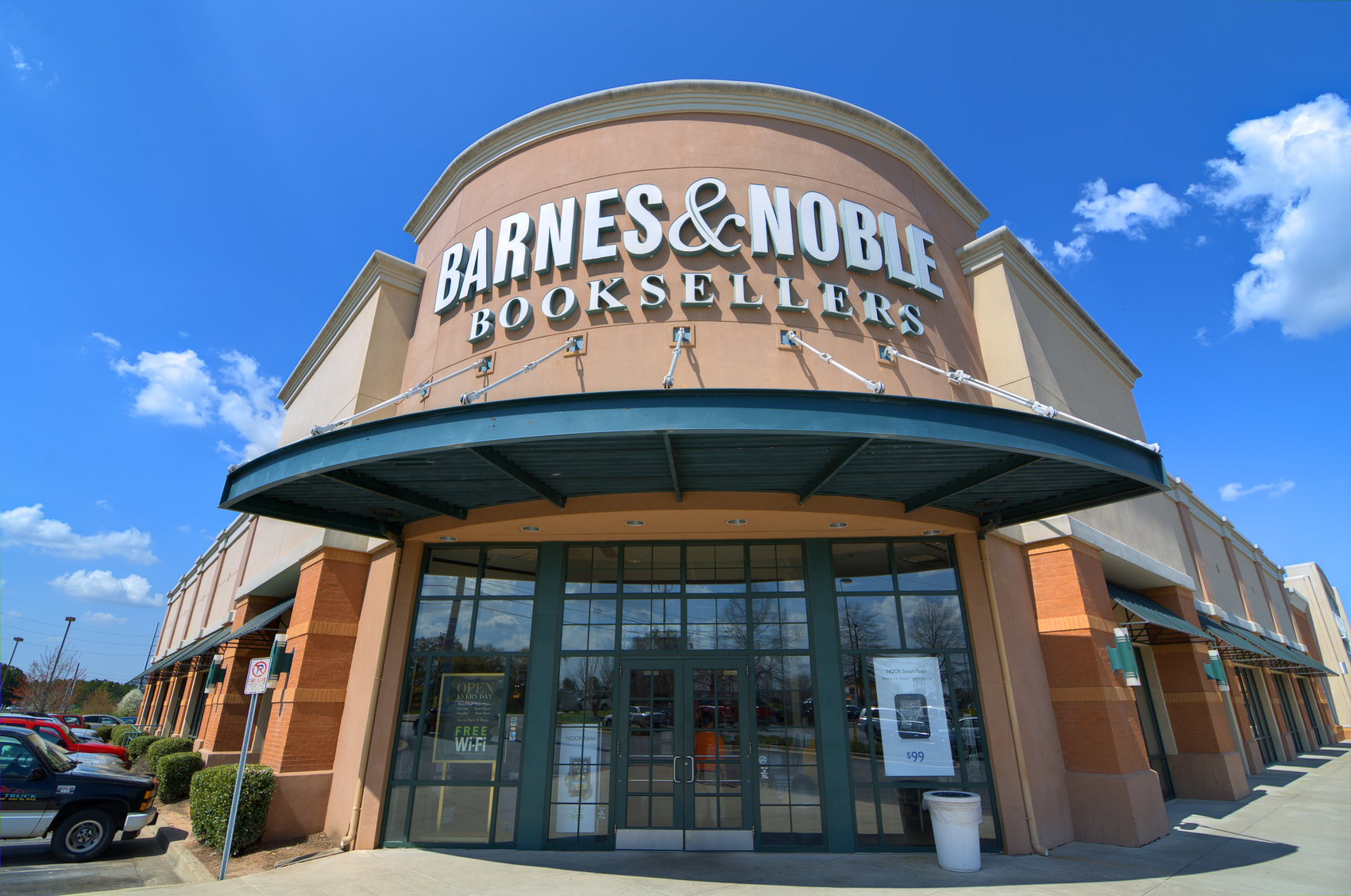What Happened
Another day, another crop of branded chatbots pop up on Facebook Messenger. Pizza Hut customers can now ask a chatbot to order a pizza and, once signed in with their Pizza Hut accounts, check their past purchases. In addition, the Pizza Hut bot will also be available via Twitter DM. For people who wish to eat healthier, Whole Foods is developing a Messenger bot that will respond with curated recipes related to keywords and emojis users send. Both chatbots are built with the Conversable platform and were unveiled at the VentureBeat MobileBeat conference on Wednesday.
Why Brands Should Care
These two chatbots are the latest additions to a growing list of branded bots as companies seek to connect with consumers on popular messaging apps. As we noted in our Medium post on branded chatbots, they are great for handling basic customer service and other single-focus tasks. Both of these new chatbots adhere to that principle, focusing on ordering and dispensing recipes, respectively. With more and more smartphone users opting to communicate via messaging apps, it is time for brands to consider developing chatbots in order to reach prospective customers.
The Lab has extensive knowledge about building chatbots. If you’re interested in reaching your audience on messaging apps and better serving them with a chatbot, please contact our Client Services Director Samantha Holland ([email protected]) for more information or to schedule a visit to the Lab.
Source: AdWeek



